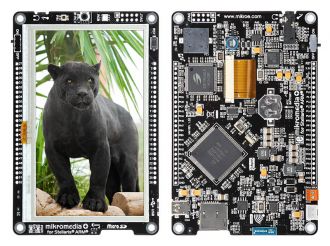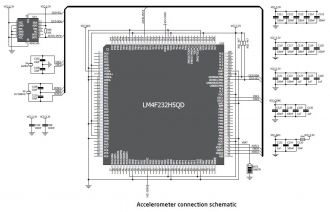
We strongly encourage users to use Package manager for sharing their code on Libstock website, because it boosts your efficiency and leaves the end user with no room for error. [more info]

Rating:
Author: MIKROE
Last Updated: 2013-04-30
Package Version: 1.0.0.0
Example: 1.0.0.0
Category: Development Systems
Downloaded: 685 times
Not followed.
License: MIT license
Set of examples for mikromedia + for Stellaris. Provided examples demonstrate working with mikromedia's various features and modules: Accelerometer, MMC SD card, MP3, TFT, Buzzer, nRF, Touch Panel, RTCC
Do you want to subscribe in order to receive notifications regarding "mikromedia + for Stellaris" changes.
Do you want to unsubscribe in order to stop receiving notifications regarding "mikromedia + for Stellaris" changes.
Do you want to report abuse regarding "mikromedia + for Stellaris".
| DOWNLOAD LINK | RELATED COMPILER | CONTAINS |
|---|---|---|
| 1367340145_mikromedia___for_mikroc_arm.rar [6.68MB] | mikroC PRO for ARM |
|

These examples demonstrates usage of various external modules connected to microcontroller LM4F232H5QD.

Communication between microcontroller and accelerometer is performed over I2C Interface. It's a simple test which demonstrates working with Accel on-board module. Results are displayed on scrolling graph on TFT.
View full image